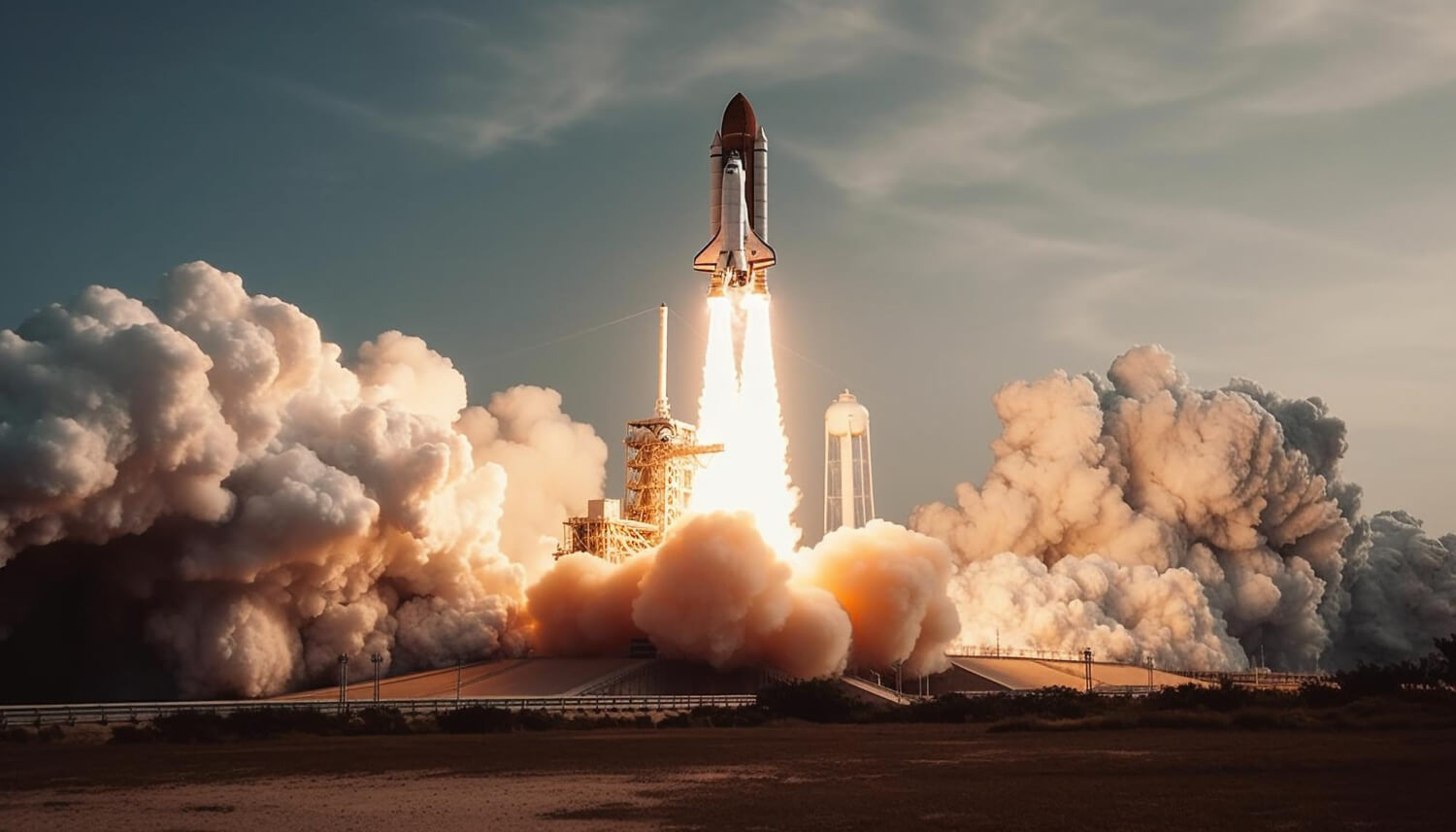In the realm of space exploration, India’s remarkable progress over the past few decades truly deserves recognition. Among its significant advances is Chandrayaan 3, a venture that holds great promise on the horizon. Following in the footsteps of its successful predecessors, Chandrayaan 1 and Chandrayaan 2, this lunar exploration mission aims to propel India’s space aspirations to unprecedented heights.
However, what often goes unnoticed in these missions is the crucial role played by semiconductors, the unsung heroes that power the intricate systems integrated in these spacecraft.
The Role of Semiconductors in Space Exploration
Semiconductors play a pivotal role in advancing space exploration. They underpin the success of numerous missions and enable critical functions of spacecraft and instruments. In space exploration, semiconductors play a crucial role through their application in microprocessors and memory chips. These advanced microprocessors handle intricate tasks like navigation, control, and data processing calculations, enabling spacecraft to perform autonomously. Moreover, flash memory provides high-speed storage for mission-critical information that remains intact even without power.
In communication systems, semiconductors enable the smooth data transmission between spacecraft and Earth. Specifically, gallium arsenide-based amplifiers and high-frequency transistors enhance the efficiency of radio-frequency communication systems. This enhancement ensures that data can be reliably transferred across vast distances.
Sensors and cameras on spacecraft heavily rely on semiconductor technology. The charge coupled devices (CCDs) and complementary metal-oxide-semiconductor (CMOS) image sensors are used to capture high-resolution images and scientific data from celestial bodies.
Semiconductors in Chandrayaan 3
Chandrayaan 3, like its predecessors, relies heavily on semiconductors for various mission-critical functions. The spacecraft relies on these semiconductors to enable communication with Earth, navigate its way to the intended destination, and conduct various scientific experiments on the lunar surface.
The Challenges of Using Semiconductors in Space
The use of various semiconductors in Chandrayaan 3 is a testament to the growing capabilities of the Indian space program. Here, let’s explore various kinds of semiconductors used in the Chandrayaan 3 mission:-
- Solar cells: The solar cells used in Chandrayaan 3 consist of gallium arsenide (GaAs), a semiconductor efficient at converting sunlight into electricity.
- Microprocessors: The microprocessors used in Chandrayaan 3 are made in India. The microprocessors control the spacecraft’s navigation, guidance, and communication systems.
- Memory chips: The memory chips store data and instructions for the spacecraft’s systems.
- Other semiconductors: Chandrayaan 3 also uses a variety of other semiconductors, such as transistors, diodes, and integrated circuits. These semiconductors are used in various applications, such as the spacecraft’s power, propulsion, and thermal control systems.
India’s Semiconductor Industry
To support its space ambitions, India has been actively developing its semiconductor industry. A robust domestic semiconductor industry not only reduces reliance on imports but also ensures that the components used in critical missions like Chandrayaan 3 meet the specific requirements of space applications.
India’s semiconductor industry has made significant progress in recent years, with several companies specializing in manufacturing semiconductor components for space and defense applications. This strategic investment in semiconductor technology not only benefits the space program but also strengthens India’s technological capabilities in various sectors.
The Future of India’s Space Program
Chandrayaan 3 marks a momentous milestone in India’s space program, signifying merely the start of a grand venture. Looking ahead, India harbors ambitious plans encompassing manned space missions, interplanetary exploration, and satellite constellations facilitating communication and remote sensing. Realizing these ambitions will heavily rely on advancing semiconductor technology.
With the ongoing advances in semiconductor technology, India’s space program stands to gain from more advanced and dependable components. These technological developments will facilitate the undertaking of more ambitious missions, enable greater scientific discoveries, and foster increased international collaboration.
Tessolve’s Contribution to the Semiconductor Industry
Tessolve is a leading end-to-end semiconductor solutions provider with a vital innovation and customer satisfaction track record. We have collaborated with 15 out of the top 20 semiconductor companies globally and count four of the top six semiconductor companies. This powerful testament underscores our commitment to excellence and innovation in the semiconductor sector.
We offer various services, including chip design, test engineering, PCB engineering, and embedded systems development. We have a team of experienced engineers and scientists who are experts in their respective fields. We have invested in new technologies such as artificial intelligence and machine learning. Tessolve is well-positioned to continue to grow and succeed in the semiconductor industry.
Also Know: Sustainability in Semiconductor Engineering: Advancement and Innovations
Final Thoughts
The Chandrayaan 3 mission to the lunar south pole showcases India’s dedication to space exploration and scientific advancement. However, working backstage as unsung heroes are semiconductors, small electronic components that play a crucial role in ensuring the success of these missions. These tiny powerhouses drive the spacecraft’s essential systems, facilitating communication, navigation, data collection, and scientific exploration.
India’s expanding semiconductor industry is bolstering the country’s space aspirations and enhancing its technological prowess across various sectors. Semiconductor technology is a crucial facilitator for India’s ambitious space program, with Chandrayaan 3 as a notable illustration. This journey into the cosmos holds tremendous promise, inspiring and catalyzing transformative advancements in space exploration.



